Back to back fireball events recorded over Brazil
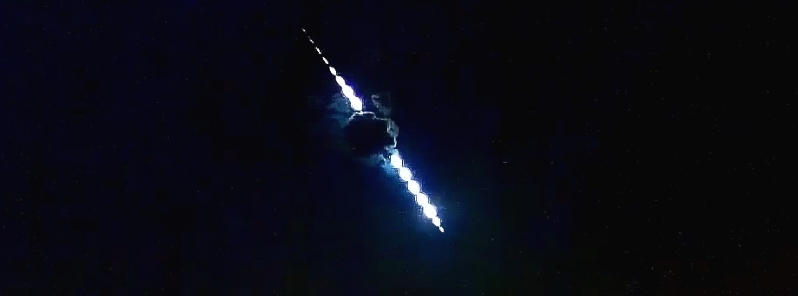
Two very bright fireball events were recorded over Brazil within 24 hours– the first at 06:43 UTC on April 23, 2020, and the second at 05:24 UTC on April 24.
The first recorded fireball was seen over Minas Gerais. According to Professor Carlos Fernando Jung from the Heller and Jung Space Observatory, the meteor entered the Earth's atmosphere at 106 km (66 miles) and exploded 67 km (42 miles) above Hortencias, Rio Grande do Sul, with a magnitude of -6.8.
Two cameras located in Taquara in Rio Grande do Sul were able to capture the event, which showed that the fireball moved at a speed of 45 km/s (28 mps).
The impact produced an intense glow as the fireball exploded. Jung clarified that although the meteor occurred during the Lyrid meteor shower, the registered meteor did not belong to the shower.
The professor added that the fireball originated from the Phi Ophiuchids, which will peak on May 11.
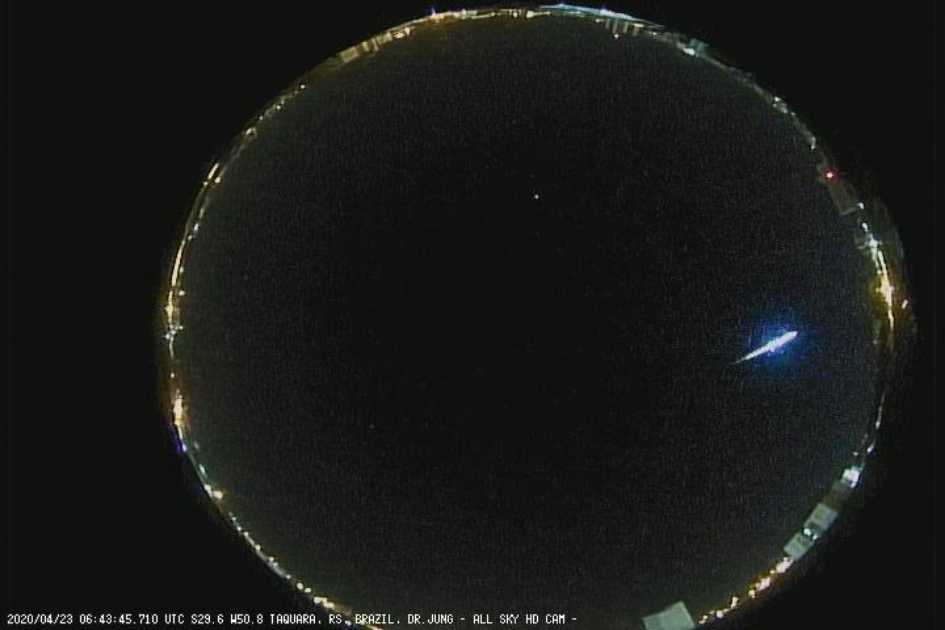
Image credit: BRAMON

Taken in Taquara. Image credit: Carlos Jung / Obs. Heller & Jung / BRAMON
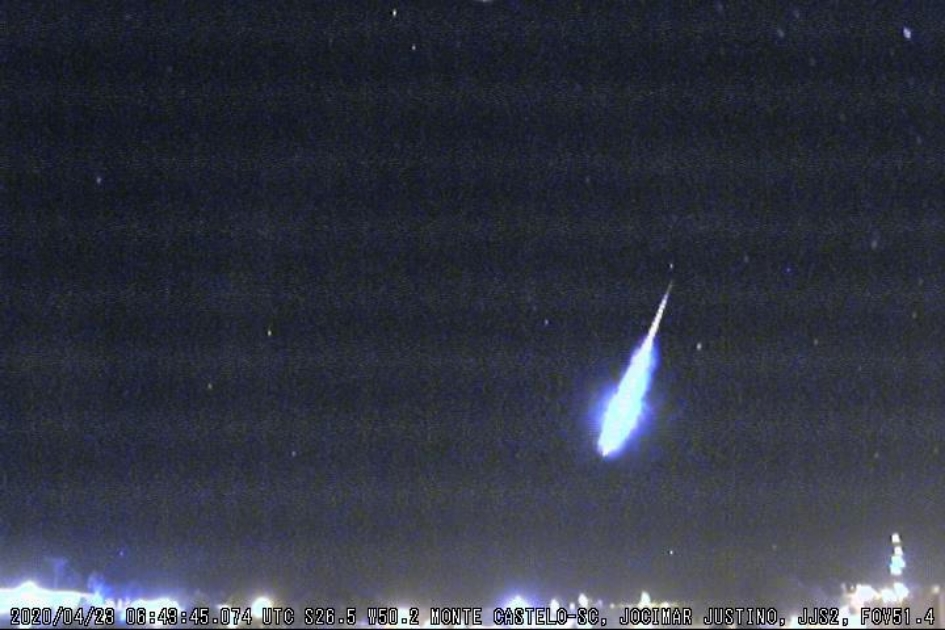
Taken in Monte Castelo. Image credit: Jocimar Souza / BRAMON
The Brazilian Meteor Observation Network (BRAMON) also documented the very luminous bolide with their four cameras located in Taquara; Monte Castelo, and Florianopolis in Santa Catarina.
"From the triangulation of the images, it was possible to determine the meteor's trajectory and its orbit, which is associated with the radiant, Phi Ophiuchids," BRAMON confirmed.

The second event was captured by three BRAMON stations located in Nhandeara in Sau Paulo, and seven more Clima ao Vivo cameras– four of which are in Minas Gerais and three in Sao Paulo.
Preliminary analysis shows that the meteor entered the atmosphere with a speed of 19 km/s (5 mps) at an angle of 42.7 degrees. The meteor began to brighten 78 km (48 miles) above the city of Fernandopolis.


It continued in a northeast direction where it reached a magnitude of -11.7 as it exploded, dissipating 27 km (17 miles) above the Riolandia municipality, on the border between Sao Paulo and Minas Gerais.
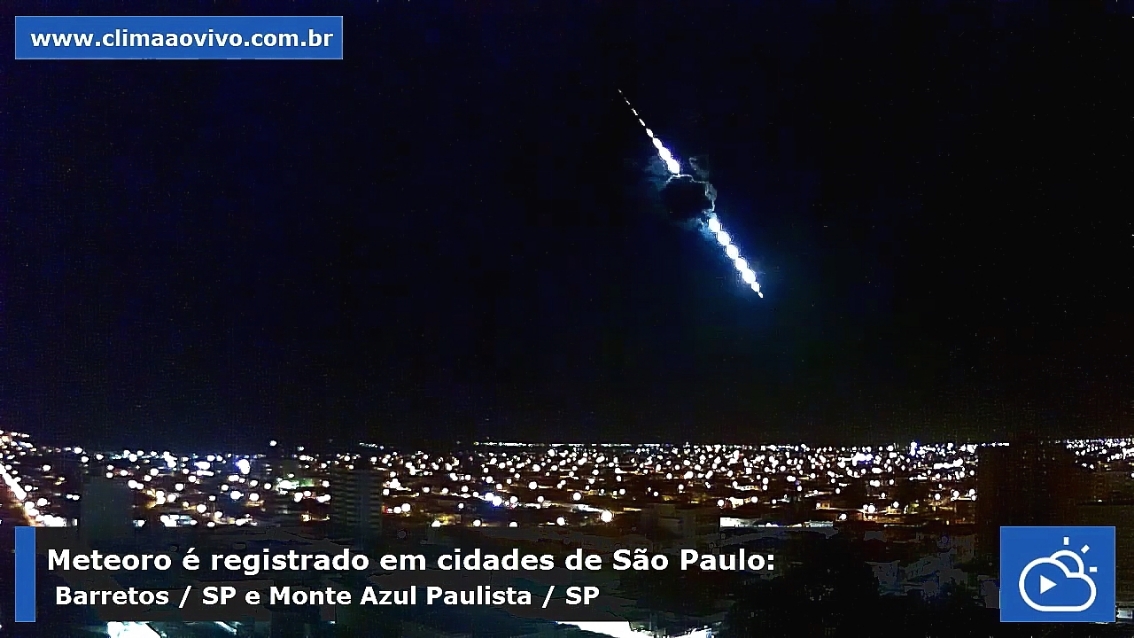

Image credit: Clima ao Vivo
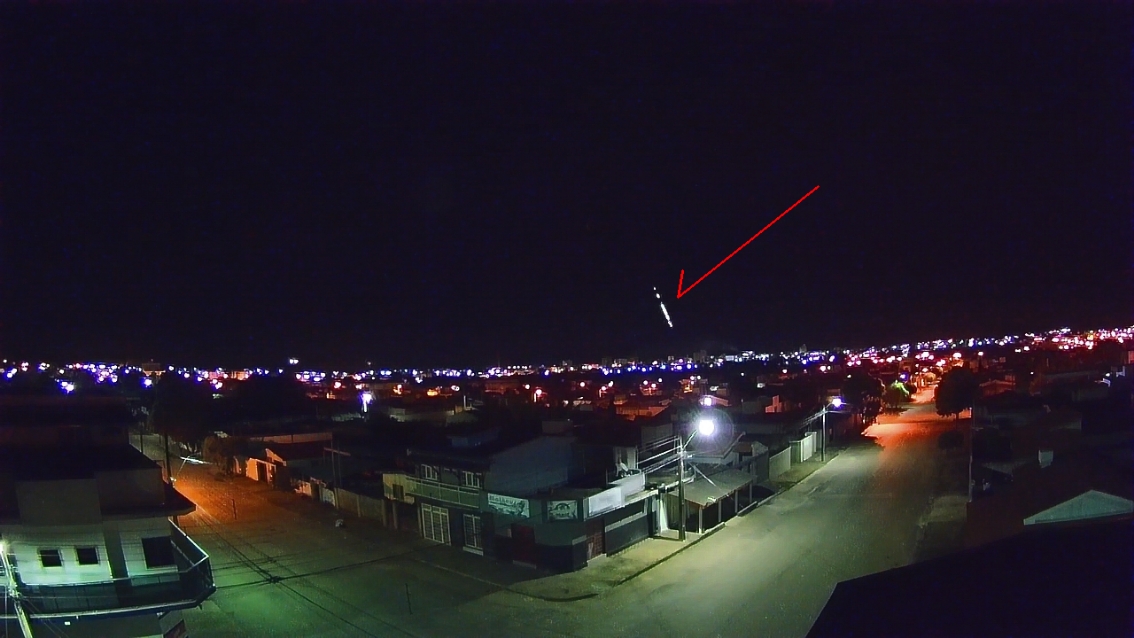

Taken in Lagoa da Prata, Minas Gerais. Image credit: Clima ao Vivo
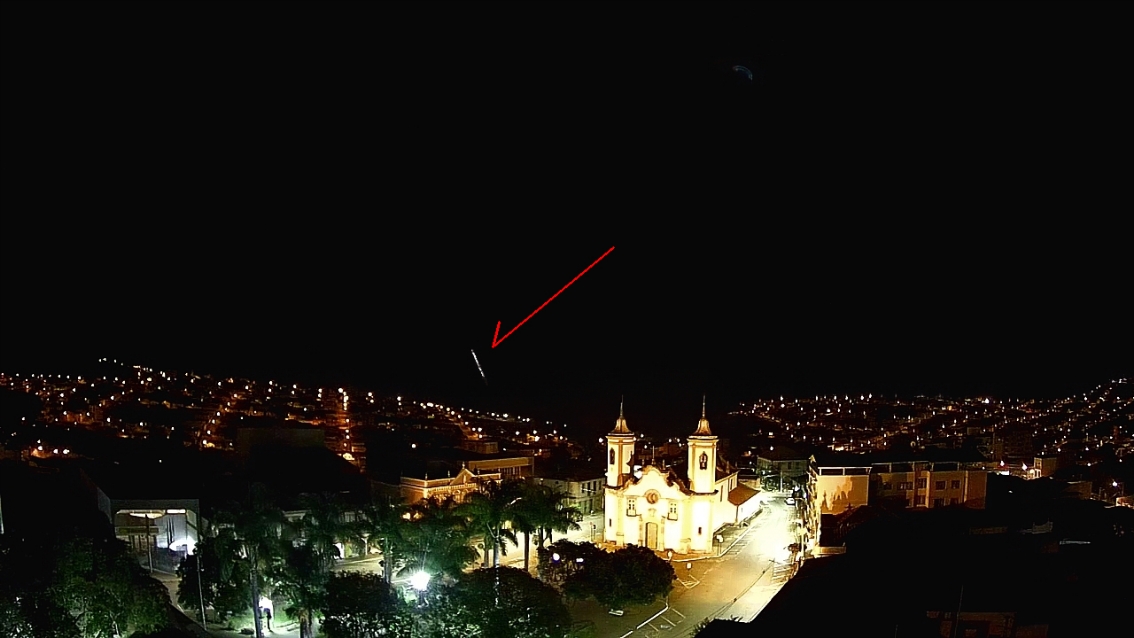

Taken in Oliveira, Minas Gerais. Image credit: Clima ao Vivo
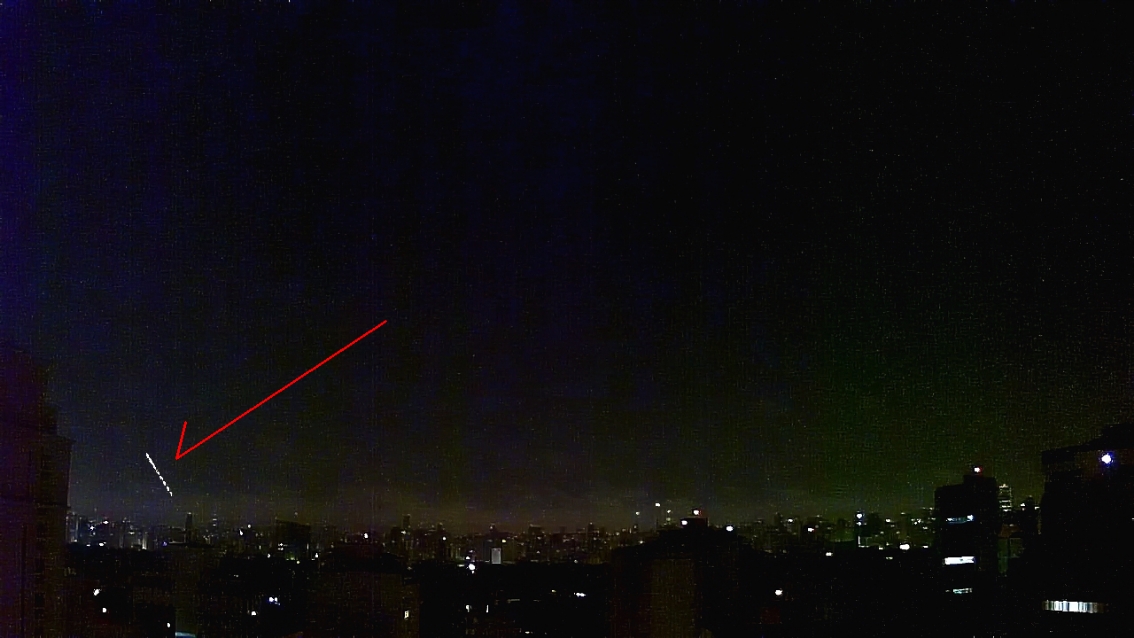

Taken in Sao Paulo. Image credit: Clima ao Vivo
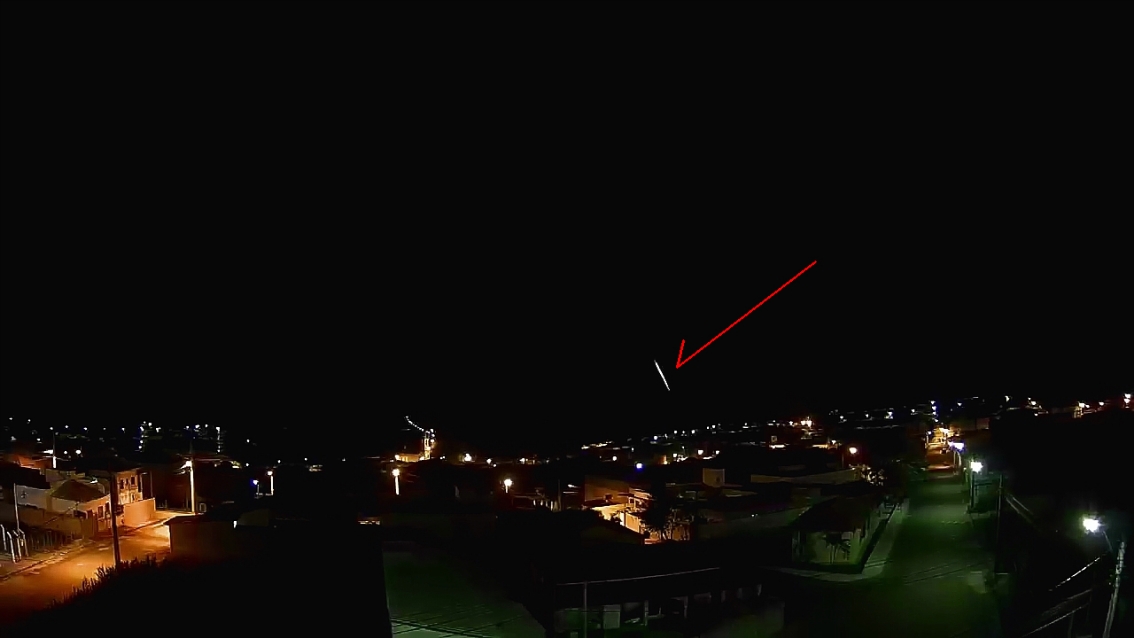

Taken in Sao Francisco de Paula, Minas Gerais. Image credit: Cilma ao Vivo
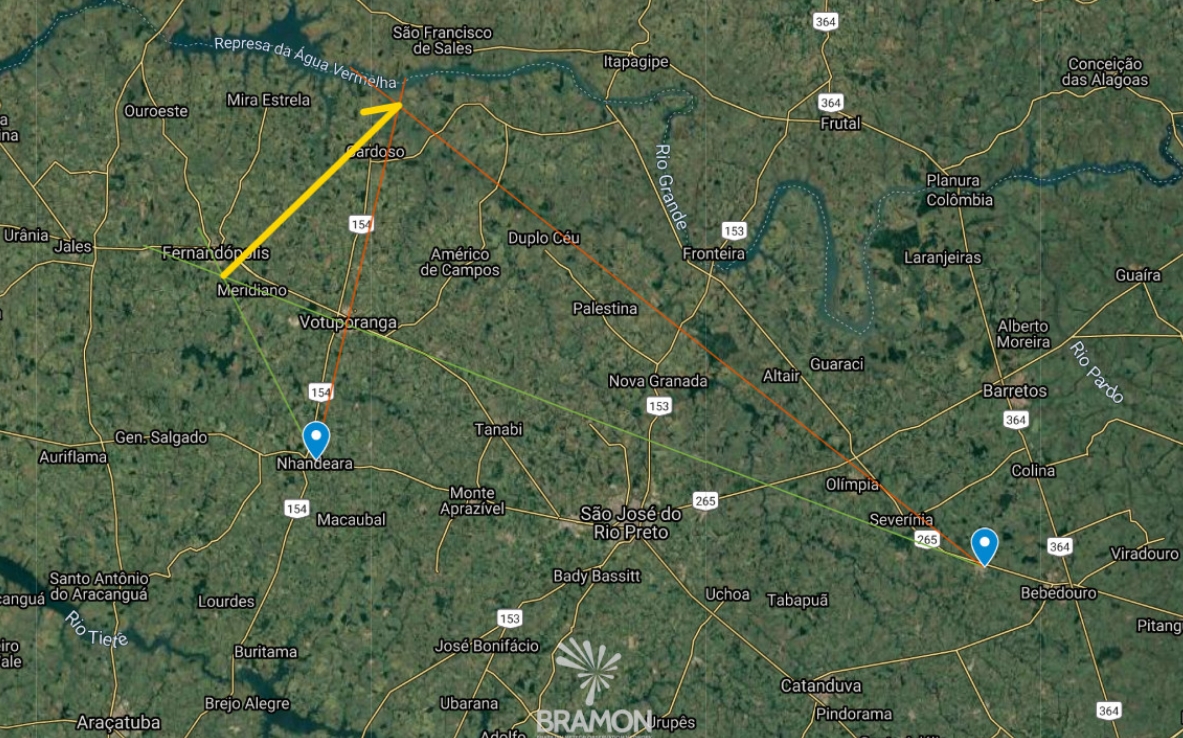

Image credit: BRAMON
Featured image credit: Clima ao Vivo

Commenting rules and guidelines
We value the thoughts and opinions of our readers and welcome healthy discussions on our website. In order to maintain a respectful and positive community, we ask that all commenters follow these rules:
We reserve the right to remove any comments that violate these rules. By commenting on our website, you agree to abide by these guidelines. Thank you for helping to create a positive and welcoming environment for all.